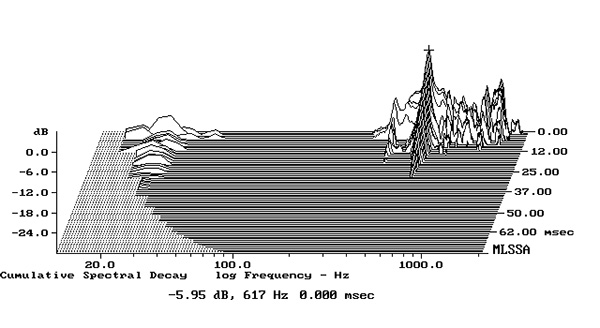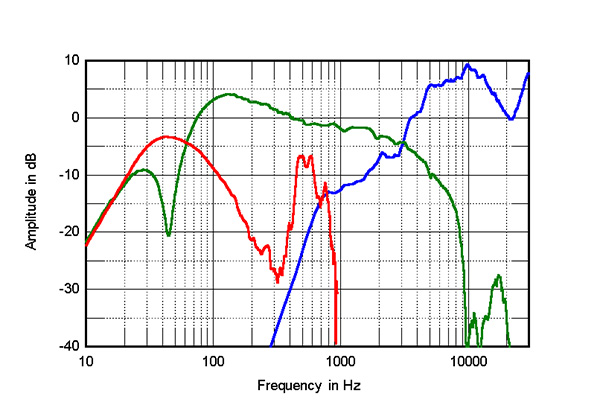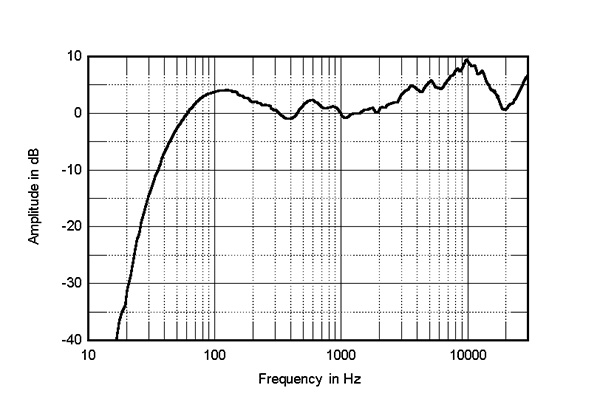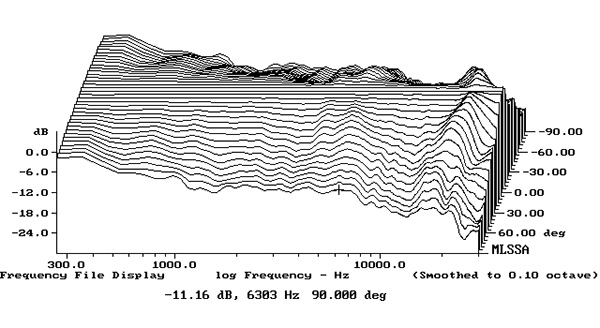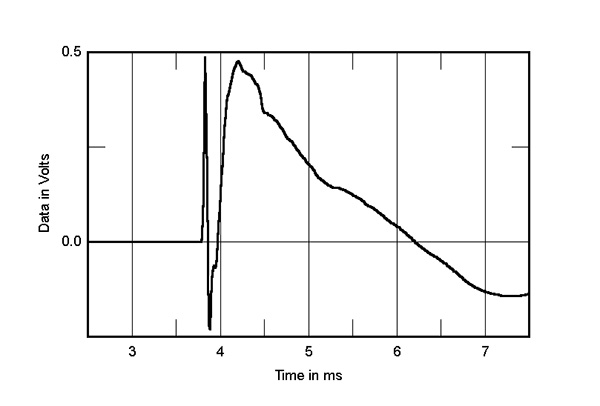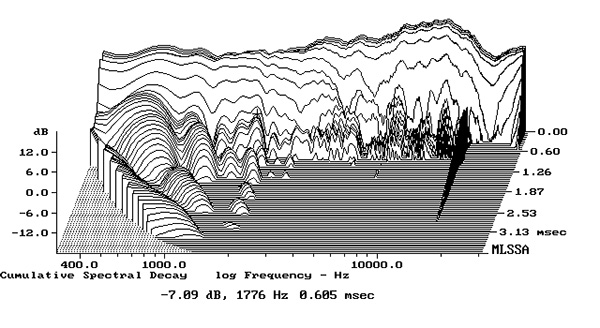| Columns Retired Columns & Blogs |
This speaker is probably right up my alley as it follows the Harman headphone curve I need these days. My only concern is the price with the stands as mentioned.
There are so many great floor speakers at $4K that would take up the same amount of floor space and fill out the bass region somewhat better. Still a great review with excellent info.

